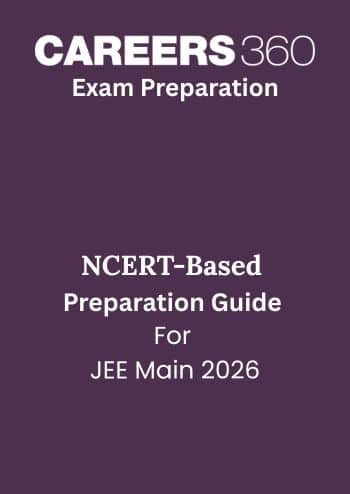Pressure In A Fluid - Practice Questions & MCQ
Quick Facts
-
27 Questions around this concept.
Solve by difficulty
$M^1 L^{-1} T^{-2}$ is unit of physical quantity-
If 1 bar $=10^p$ Pascal, the value of P is -
Which of the following is not true about absolute pressure-
Latest: Free All-India JEE Main 2026 Mock Test - Attempt Now
JEE Main Sample Papers: Physics | Chemistry | Maths | Top 30 Repeated Questions
JEE Main QP & Mock: Previous 10 Year Questions | Chapter Wise PYQs | Mock test Series
JEE Main Most Scoring Concept: January 2025 Session | April 2025 Session | Overall
Two cylindrical vessels of equal cross sectional area of $2 \mathrm{~m}^2$ contain water upto height 10 m and 6 m , respectively. If the vessels are connected at their bottom then the work done by the force of gravity is :
(Density of water is $10^3 \mathrm{~kg} / \mathrm{m}^3$ and $\mathrm{g}=10 \mathrm{~m} / \mathrm{s}^2$ )
Concepts Covered - 1
-
Fluids-
Fluids are the substances which began to flow when an external force is applied to it.
Fluids examples are liquids and gases.
Fluids don't have their own shape but they take shape of the containing vessel.
In Hydrostatic branch we study fluids which are at rest with respect to containing vessel.
While in Hydrodynamics we study fluids which are in motion with respect to containing vessel. For example study of flowing water from the tap comes under Hydrodynamics.
Ideal fluids- Assumption
-
It is Incompressible- Means the density and the specific volume of the fluid do not change during the flow.
-
It is Non-viscous- Layers of fluids does not exert any tangential force (especially friction force) on each other. And A true "non-viscous" fluid would flow along a solid wall without any slowing down because of friction.
-
Pressure-
-
Normal force exerted by liquid/fluid at rest per unit Area of the surface is called pressure of a liquid/fluid.
If F is the normal force acting on a surface area A in a container with liquid.
then pressure exerted by liquid on this surface is
$$
P=\frac{F}{A}
$$
2. Units of pressure is $N / \mathrm{m}^2$ or Pascal (S.I) and $d y n e / \mathrm{cm}^2$ (C.G.S)
3. The dimension of pressure is $M L^{-1} T^{-2}$
4. Atmospheric pressure- The pressure exerted by the atmosphere is called atmospheric pressure. 1 atm is the value of atmospheric pressure on the surface of the earth at sea level.
And $1 \mathrm{~atm}=1.01 \times 10^5 \mathrm{~N} / \mathrm{m}^2=1.01 \times 10^5 \mathrm{Pascal}=1.01 \mathrm{bar}=760 \mathrm{torr}$
So Relation between bar and Pascal is $1 \mathrm{bar}=10^5 \mathrm{~Pa}$
Study it with Videos
"Stay in the loop. Receive exam news, study resources, and expert advice!"













